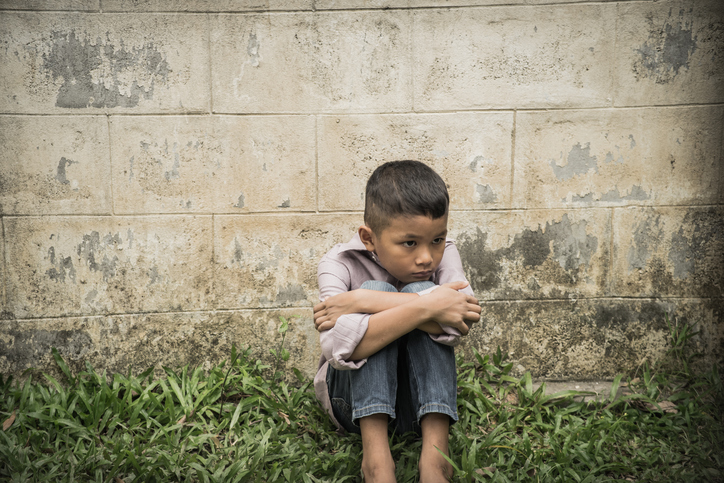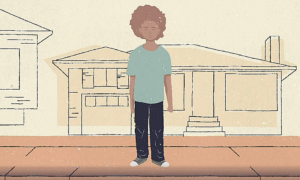WASHINGTON — Nearly 700,000 American kids were found to be victims of abuse or neglect in fiscal 2015, and the public ought to be just as worried that kids who haven’t been abused are being victimized by a heavy-handed bureaucracy, a veteran child rights advocate says.
Child welfare officials found evidence of “maltreatment” in more than 683,000 cases in fiscal 2015, data newly released by nonprofit research group Child Trends show. That’s a slight decline from the year before, when there were more than 702,000 such cases. Yet the sustained allegations of abuse and neglect were only a fraction of officials’ caseload — state bureaucrats opened more than 2.8 million investigations in fiscal 2015 and more than 3.2 million investigations the year before, the data show.

Matt Fraidin
For Matt Fraidin, associate dean of the University of the District of Columbia law school, the numbers illustrate a child welfare system that is hopelessly out of whack.
“According to the data, 2.2 million children who were not maltreated nonetheless were subjected to intrusive, traumatizing ‘investigations or assessment.’ That’s an awful lot of kids’ lives unnecessarily disrupted, a lot of children unnecessarily subjected to fear, shame and trauma,” he said. Fraidin has spent decades working to reform child welfare systems in Washington and around the country.
The percentage of sustained allegations was relatively consistent from fiscal 2014 to fiscal 2015, Child Trends’ data show. Twenty-two percent of investigations determined “maltreatment” in 2014; 24 percent in 2015. There are now some 428,000 children in the U.S. foster care system, the data show.
Fraidin says he’s worried about the methodology behind some of those sustained abuse or neglect accusations. Barely 13 percent of the kids who come into foster care have been physically abused and another 4 percent have been sexually abused. That leaves hundreds of thousands who are victims of “neglect” — a nebulous term and one loaded with disturbing racial, ethnic and class undertones, he says.
“It’s defined as the lack of food, clothing, supervision or adequate housing,” Fraidin said. “All of those are fundamental aspects of being poor, not necessarily of dangerous parenting.”
While 25 percent of the foster care population is African American, African Americans are only 14 percent of the population.
Perhaps worse than the racial disproportions, more than one in 10 kids is in foster care because of “inadequate housing,” Fraidin said.
“That’s poverty, plain and simple,” he said. “It seems un-American to destroy kids’ lives just because they made the bad decision to be born to poor parents.
“You know the solution for ‘inadequate housing?’” Fraidin asked. “It’s adequate housing. It’s also less punitive, less expensive and less traumatizing for kids than foster care. If we really care about children, it is time to get over our negative assumptions about low-income families of color. Our biases lead to the harsh, punitive response of foster care, instead of proven, humane, cost-effective approaches that keep families together.”
For decades, Massachusetts Institute of Technology economist Joseph J. Doyle has examined the impact of foster care on its kids. His findings have been consistent: For kids whose cases are “marginal” — lots of gray areas, official intervention could be argued either way — foster care is devastating. Kids in foster care are more likely to wind up in jail, more likely to become teen parents, more likely to be poor and more likely to wind up the subject of delinquency petitions and more likely to end up in emergency rooms.
For Fraidin, you can’t make it any plainer than that.
“The data reflect a child welfare system that harms more children than it helps,” he said. “Too many children are the subject of false or inaccurate anonymous reports, too many investigated, too many separated from their families, too many languish harmfully in foster care and too many age out of foster care.
“We end up,” Fraidin added, “with kids in the system who would be better off at home, whose lives didn’t need to be upended and who get ignored and overlooked by the caseworkers, lawyers and judges who are supposed to be watching out for them.”
This story has been updated.





























